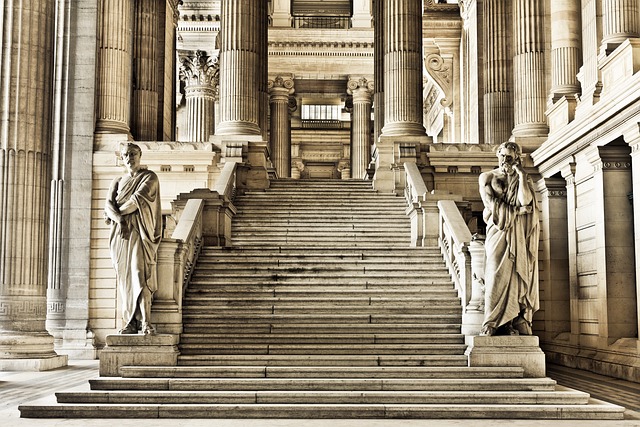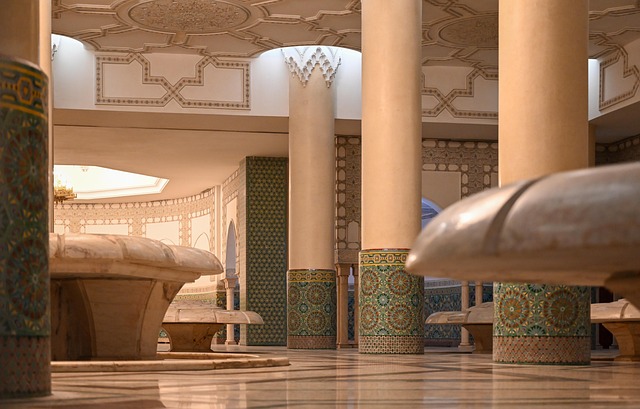Stair mosaics are a captivating fusion of artistic expression and cultural significance that can transform mundane spaces into extraordinary visual experiences. Across the globe, these elaborate arrangements of tiles, glass, and stones adorned on staircases offer a striking testament to the craftsmanship and creativity of artists. The emergence of stair mosaics in various cultures reveals not only aesthetic appeal but also deep-rooted traditions, stories, and community identities.
Each step adorned with a stair mosaic serves as a storytelling canvas. In ancient civilizations, such as those in the Mediterranean and Middle East, mosaics conveyed narratives of daily life, mythology, and religious symbolism. The intricate designs reflected the culture’s beliefs, values, and social status, creating a layered meaning beneath the surface. As you ascend or descend, the artistry beckons you to immerse yourself in its narrative, engaging both your visual and emotional senses.
Contemporary artists have embraced stair mosaics, infusing them with modern techniques and innovative designs. Urban settings have seen a resurgence of staircase art, where communities come together to repurpose neglected spaces. Vibrant stair mosaics transform dull stairwells into vibrant corridors that invite pedestrians to pause and appreciate the beauty around them. Projects such as the famous Selaron Steps in Rio de Janeiro showcase how a common element of architecture can evolve into a landmark of cultural pride, encouraging connection and community engagement.
The transformative power of stair mosaics lies in their unique ability to bridge the gap between fine arts and everyday life. Often they blur the lines between functional and aesthetic, creating a space where art is not only admired but also experienced. By incorporating various materials and techniques, artists create dynamic surfaces that reflect light and change with the angle of one’s gaze. This intricate beauty invites the observer to interact with the piece, moving through it as if partaking in a dance of colors and shapes.
Moreover, stair mosaics serve as a metaphor for cultural evolution. They often incorporate elements from diverse traditions, establishing a dialogue between the past and the present. The blend of styles and techniques invites an appreciation of cultural intersections, fostering a sense of unity in diversity. As people ascend these artistic staircases, they embark on a journey that transcends borders and celebrates the rich tapestry of human experience.
When exploring various cultures, the role of stair mosaics becomes increasingly prominent in understanding artistic evolution. From the production techniques to the narrative content, these mosaics encapsulate the spirit of their time, representing the progression of artistic movements. Each installation offers a snapshot of the societal norms and artistic preferences prevalent during its creation, highlighting the continuous dialogue between art and culture.
In essence, stair mosaics not only enhance the visual landscape of a space but also enrich our understanding of cultural identities. They encourage a slower, more intentional way of observing our surroundings and each step taken echoes a shared human experience that transcends individual lives. Embracing the intricate beauty of stair mosaics allows us to celebrate the artistry within our everyday journeys, transforming mundane pathways into routes of inspiration and delight.




